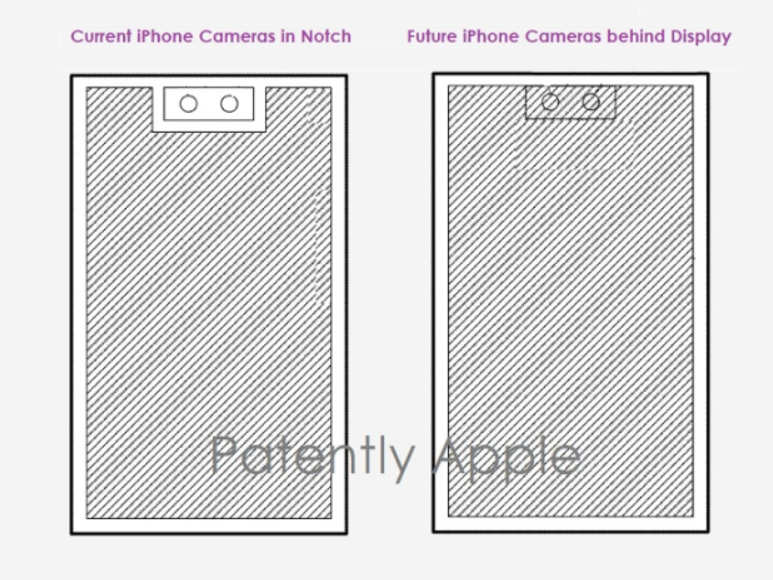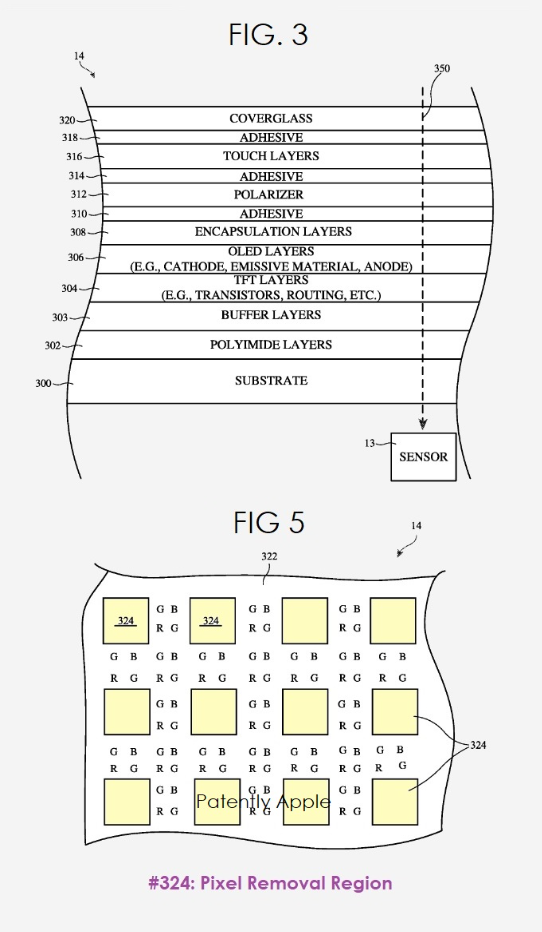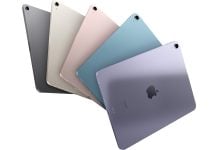Technology is constantly changing. We have come a long way from ordinary brick-shaped phones to smartphones and foldable phones. Many companies are developing new innovations and making them accessible to the broader public. Under-screen cameras are included in the Samsung foldable, while Xiaomi also showcased a smartphone with a 360-degree screen and perhaps other features. An under-screen Face ID patent has now been issued by Apple. The patent outlines a unique concept for the Face ID under-screen technology.
The patent showcases the evolution of Dynamic Island and applies it in a flexible way. Apple switched to two cutouts in the display itself with the iPhone 14 Pro models and calls it the dynamic island cutout. These are single pill-shaped cutout that has been cleverly integrated into the user interface by increasing their apparent breadth and showing contextual content there. The notch, which sits in the middle of the status bar at the top of an iPhone, was Apple’s initial attempt to integrate Face ID into the display.

The “single slab of glass,” in which the display takes up the entire front of the iPhone, has been the company’s long-term objective, but it necessitates finding other ways to conceal the Face ID modules and front-facing camera. Nevertheless, a fresh patent issued today details what seems to be a development of the Dynamic Island strategy.
According to a report from PatentlyApple, a portion of the patent text only outlines the way Dynamic Island is now implemented. It then, however, goes beyond this in two different ways. Beginning with gestures made without actually touching the screen, the patent details a wide spectrum of sensors that might be integrated into the display. Second, by using a number of tiny transparent windows whose apparent size and location can be efficiently adjusted across the display by selectively activating and deactivating individual pixels, the position of the Dynamic Island may be altered.

According to Apple, a typical display used in its products has 13 layers, and since light transmission through these areas is reduced by as much as 80%, it may be necessary to lower the number of layers in areas housing sensors. However, the idea seems to provide a way to distribute these areas that would make them undetectable to the naked eye, without impairing touch sensitivity or performance, and in a way that would enable nearby pixels to be turned off only when needed to maximise light transmission. So that’s how the brand has patented the under-screen Faced ID. Thanks a lot for reading the post till the end.
RELATED
- Samsung Odyssey Neo G7 43″ 4K Mini-LED Gaming Monitor Pre-orders live in Europe
- Apple Pushed the Limits of Technology for the M2 Chips: Execs
- Apple Working On Reverse Wireless Charging Tech for the iPhone: Report







